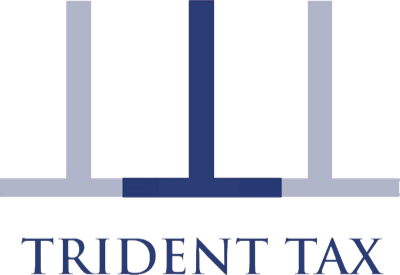HMRC were successful in a First Tier Tribunal case in January in a challenge to the “Aikido” tax planning strategy. Although the case was not a test case as such, if the taxpayers (Ms Clipperton and Mr Lloyd) have not appealed the decision within the time limit, it becomes a “final ruling” which allows HMRC to issue follower notices. A taxpayer who receives a follower notice has 90 days in which to take corrective action and amend his return before he is at risk of penalties.
The strategy was intended to allow dividends to be paid to individuals, but for no income tax liability to arise, by deliberately structuring the arrangement within anti-avoidance legislation which applies to tax income on the “settlor” of an arrangement, rather than the actual recipient. A company set up a subsidiary and subscribed for 100 A shares and 1 B share in the subsidiary, then the parent company settled the B share into a trust for the benefit of its shareholders. The intention was that the dividend on the B share would be treated as arising to the parent company, rather than the individuals, and would then fall within the distribution exemption. The tribunal found that the Ramsay approach could be applied to treat the individual shareholders as receiving the dividend from the parent company rather than the subsidiary company, and it was then subject to income tax.
Individuals who receive a follower notice will need to understand their potential liabilities to tax, interest and penalties.
